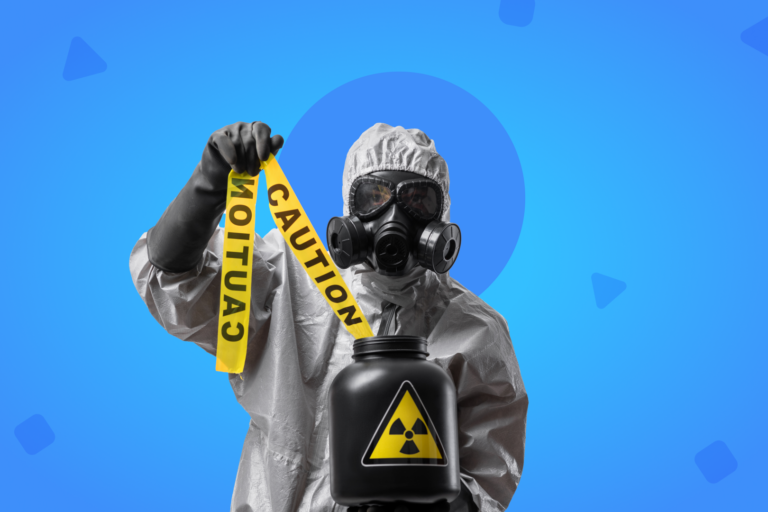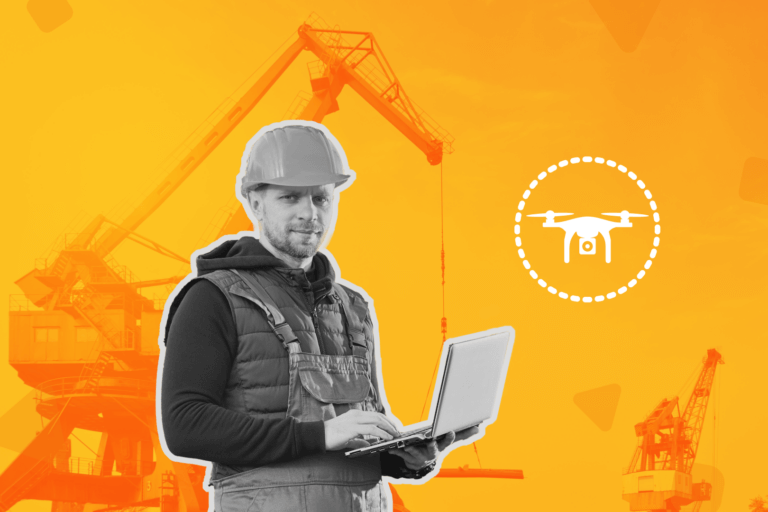Whether it is a public office or a mining site, any productive or service activity must structure its occupational health and work safety programs, in accordance with a series of global principles aimed at reinforcing both the commitment of companies and workers.
Preventing labor accidents, especially those that can occur in the same workplace, represents a challenge that involves both workers and employers.
In this sense, it is important to remember that prevention programs are not simple unilateral guidelines that the worker is obliged to “memorize”. On the contrary, occupational health and safety make up an agile and dynamic discipline, and from that point of view, companies play a fundamental role as entities capable of transmitting this agility in all order of things. Including safety.
For this reason, its experts must not only propose actions that promote the general and individual safety of the human capitol, but also make the necessary efforts to inform them in a constant and dynamic way, in order to reinforce the sense of responsibility and commitment of the workers.
Only in this way will it be possible to design, implement and optimize an effective and efficient occupational health and safety procedure, which protects both the individual integrity of each employee, as well as that of all other team members.
Challenging scenario
Statistics from the Institute of Occupational Safety, show that only during 2020 there were 130 serious accidents in our country, of which 19 had fatal results. A negative record that includes practically all the productive and service sectors, both in the public and private sectors.
That is why, from various sectors, special emphasis is placed on professionals in the Occupational Health and Safety area working on the basis of clear, precise and redundant principles. This is the only way to ensure that the rest of the workers will be able to remember and emphasize the key aspects of any protection strategy in their daily performance.
In this regard, the experts of the Chilean Security Association, propose to always work from the following five basic areas:
Review and study the internal regulations
By law, every company must have internal hygiene and work safety regulations. This document details important aspects such as actions that cannot be carried out, because they pose a risk to personal integrity or that of other co-workers. Likewise, they should emphasize what personal protection elements should be used, according to the characteristics of the work carried out.
These can range, for example, from an ergonomic keyboard that helps prevent wrist injuries, to a biological protective suit.
It is important that these internal regulations are known to all members of the organization. And if there are still workers who are unaware of it, or have not read it, it is the duty of those in charge of the Occupational Health and Safety area, to adopt all measures aimed at solving that weakness and make it known.
It can be done, for example, through periodic newsletters, emails, text messages, WhatsApp groups, interaction through social networks or through specialized digital applications, among other options.
Surveys or even trivia-type contests can also be used to assess the level of knowledge of the workers. For example, the department of Health and Safety can give awards, or other types of work compensation, such as courses or medical benefits, in order to encourage learning in a fun way.
Train staff to act in an work safety emergency
Labor emergencies can be very diverse, such as the fall of a server in a bank office, the suspension of electricity supply in a bread factory, or the collapse of a section of a mining site. However, they all have as a common denominator the need for workers, both subordinates, such as bosses and managers, to be permanently trained to act and take the pertinent measures.
At the same time, it is necessary to remember that, in an agile environment subject to constant technological and cultural transformations such as the current one, this knowledge must be constantly refined and modernized.
A recommendation that is also born from the certainty that each new change or transformation brings with it, at the same time, the emergence of new dangers and risks for the safety of companies and their workers.
Only in this way, professionals in the Occupational Health and Safety area will have the ability to provide the workforce with valuable tools to implement the respective prevention plans on a daily basis, in order to make the workplace safer. Regardless of whether this is a public office or a mining site.
Learn about the risks associated with work safety
Although it is true that, at this specific point, the first responsibility is, above all, of the company; It is also important that workers have a proactive attitude and are committed to personal and collective safety.
In this regard, those in charge of the Occupational Health and Safety area must permanently emphasize, to all workers, that, if there is any doubt about any procedure, task or function, it is better to carry out the pertinent prior consultations so as not to expose themselves to any risk.
Furthermore, it is necessary to emphasize the employee, especially if he has just joined his specific functions, that, if he is in a situation like that, he should ask for all the necessary information before taking any action that may entail a risk to work safety.
An efficient application of this principle will translate into a lower accident rate and a greater proportion of safe spaces for all the equipment, especially in those tasks with high impact or potential danger, such as industrial, forestry or mining activities, among others similar.
Stay alert and report any irregular situation
What happens if a worker discovers that, when operating a machine, it is not working properly? It must be reported immediately and in a timely manner to the headquarters, so that the technicians, or the personnel in charge, can solve the problem. The worker should never, for example, attempt a repair on his own, especially if he does not have the necessary knowledge to do so.
Those in charge of the Occupational Health and Safety area must permanently emphasize this situation, through all available communication channels, including digital ones. Furthermore, they should preferably turn to practical cases that are easier for the workforce to understand.
For example, explain that, in situations of risk such as liquids spilled on the ground, the presence of smoke, a high number of vibrations in the machinery, or constant interruptions of the electricity supply, among other possible instances, pertinent notice must be given to solve the problem. And prevent then other workers from getting accidents in their turn.
In the same way, it is important to emphasize to the workforce that, if their personal protection elements are broken or damaged, they must also promptly notify the area in charge, so that they can be replaced immediately.
Never carry out any task or work that entails a risk to health and personal integrity, without having the appropriate tools, or duly certified and revised protective equipment. This includes everything from suits and garments, to tools and machinery.
Deepen self-care
Self-care is the basis of any accident prevention program, and it summarizes all the recommendations previously delivered.
This condition implies having, permanently, an attitude that goes beyond the working conditions and the characteristics of the environment. It implies being aware that it is the conduct that should always be adopted, to protect both personal health and safety, as well as that of other team members.
This implies being aware of the specific risks inherent to the activity or work carried out, as a key condition to avoid exposing oneself unnecessarily, involuntarily or irresponsibly, to any danger.
Principles that, effectively specified in specific regulations for each activity, will increase staff safety, build a protected work area, and also help optimize the competitiveness of the entire company.






